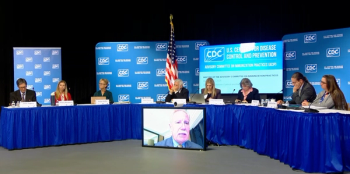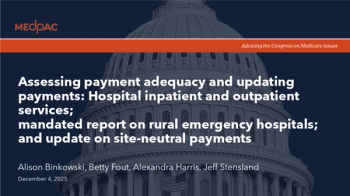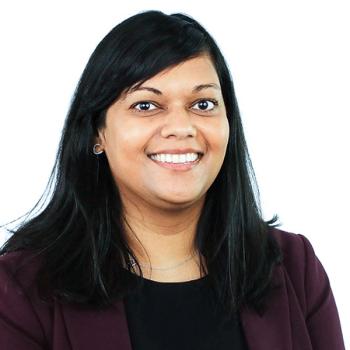
Direct primary care may become the norm
Traditional primary care is failing, and physicians are burning out at a high rate.
Related:
Garrison Bliss, MD, a general internist in Seattle, Washington is a forefather of concierge medicine. Concierge practice, with a very small patient panel and a high cost to patients-generally more than $1,500 per year-became popular in the previous decade with primary care physicians wanting to get off the treadmill of traditional practice. But concierge practice has limited potential in most communities due to its high cost.
Further reading:
Recognizing this, Bliss turned his interest to founding “
A variation on direct primary care’s global fee is a hybrid payment model. Patients pay a “membership fee” of about $50 per month for all non-visit services such as online communication, telephone visits and better care coordination and then the patient’s insurance is billed for visits. This combination pays enough for physicians to employ team members to help with patient care, such as physician assistants, nurse practitioners, heath coaches and more activated medical assistants doing more advanced care coordination such as tracking referrals. Patient visits are longer, typically 30 to 60 minutes for routine new and follow-up care.
A major development is that research shows that more comprehensive primary care, such as with direct primary care, improves quality and lowers overall healthcare costs. Commercial insurance companies, Medicare and even Medicaid are starting to provide contracts to direct primary care physicians for populations of patients.
More burnout news:
Direct primary care saves money by reducing the need for emergency department visits and hospital stays. The population served becomes healthier through more comprehensive care. With advanced information system tools, secure online communication and team practice, direct primary care models are likely to become the traditional primary care of the 21st century.
Joseph E. Scherger, MD, MPH, is a family physician in La Quinta, California, and a member of the Medical Economics editorial advisory board. Do you think Direct Primary Care can replace traditional fee-for-service care? Tell us at
Newsletter
Stay informed and empowered with Medical Economics enewsletter, delivering expert insights, financial strategies, practice management tips and technology trends — tailored for today’s physicians.
















